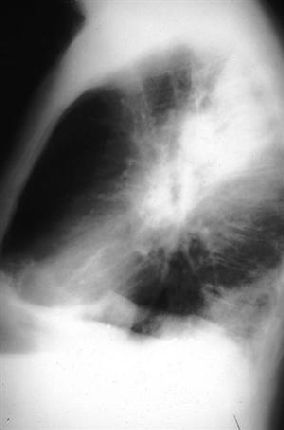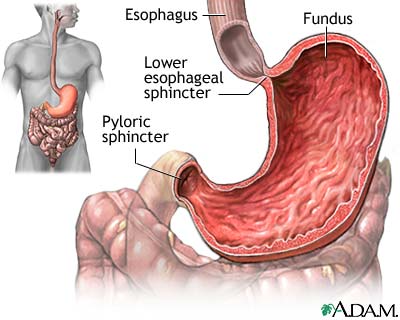Pneumococcal vaccine multivalence (intramuscularly, subcutaneously)
pneumococcal vaccine immunization polyvalentnoy active agent used to prevent infection pneumococcal bacteria. It works by causing your body to produce its own protection (antibodies) against the buy strattera disease. The following information applies to only 23 polyvalentnoy pneumococcal vaccine. Other polyvalentnoy vaccine Pneumococcal may be available elsewhere, but pneumococcal infections the U.S. can cause serious problems such as pneumonia, which affects the lungs, meningitis, which affects the brain, bacteremia, which is a severe infection in the blood, and possibly death. These problems often occur in older people and people with certain diseases or conditions that make them more susceptible to pneumococcal infection and more likely to develop serious problems from pneumococcal infection. Unless otherwise contraindicated immunization (vaccination) against pneumococcal infection is recommended for all adults and children aged 2 years and older, including:
Older people, especially those aged 65 and older. Adults and children from 2 to 64 years with chronic diseases. Adults and children from 2 to 64 years with sickle cell anemia, those with spleen problems or without the spleen, as well as those who have to remove the spleen. Adults and children from 2 to 64 years who are at risk of pneumococcal infection because of another disease (eg heart disease, lung disease, asthma, diabetes, alcoholism, liver disease or kidney). People who smoke cigarettes should also receive the vaccine. Adults and children from 2 to 64 years living in special circumstances or social conditions (eg, Alaska and certain American Indian populations) and residents of nursing homes and other long-term institutions. Adults and children from 2 to 64 years with low to combat the disease ability (eg, human immunodeficiency virus (HIV) infection transplant, organ or bone marrow and cancer). Immunization (vaccination) against pneumococcal infection is not recommended for infants and children younger than 2 years, as these persons can not produce enough antibodies to the vaccine to protect them against pneumococcal infection. This vaccine will be administered only by a decision or under the supervision of a physician or other professional medical services. .




